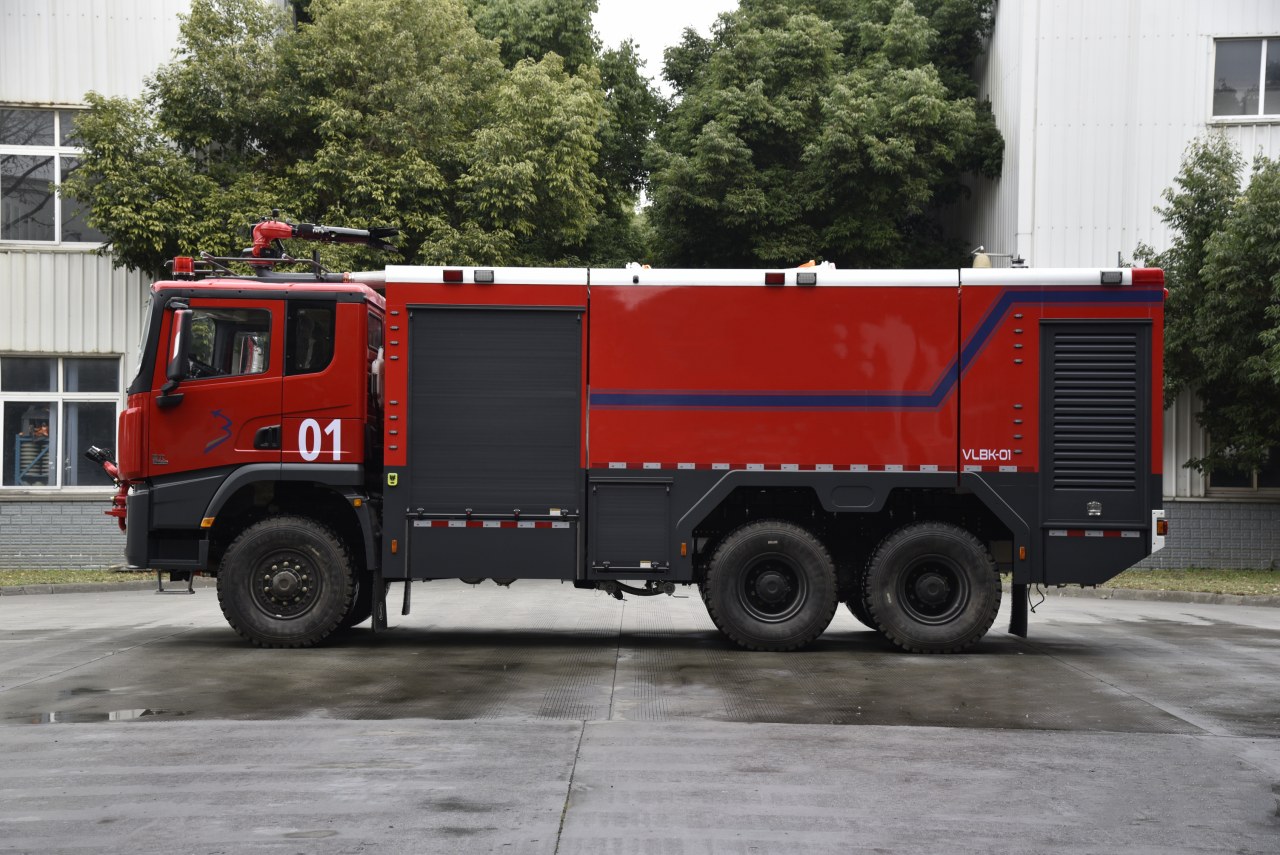Airports are complex, high-risk environments that require a unique and highly specialized approach to fire safety. Among the most vital elements of this safety infrastructure is the airport fire engine, commonly referred to as an Aircraft Rescue and Firefighting (ARFF) vehicle. These fire engines are designed to respond rapidly to aircraft emergencies, fires, and hazardous material situations on and around airport runways. But what exactly are these vehicles, how do they differ from municipal fire engines, and why are they so crucial to aviation safety?
The Role of ARFF Vehicles
The primary purpose of an airport fire engine is to protect life and property in the event of an aircraft incident. This can range from dealing with engine fires, fuel spills, crash landings, to potential terrorist threats involving hazardous substances. Because of the unique nature of aircraft emergencies, ARFF vehicles must be capable of reaching an incident quickly, extinguishing fires with specialized agents, and facilitating rescue operations within minutes.
According to the International Civil Aviation Organization (ICAO) and Federal Aviation Administration (FAA), airport fire engines must meet specific response time requirements, typically reaching the midpoint of the furthest runway within 3 minutes. To achieve this, ARFF vehicles are equipped with high-performance engines, all-terrain capabilities, and large-capacity firefighting systems.
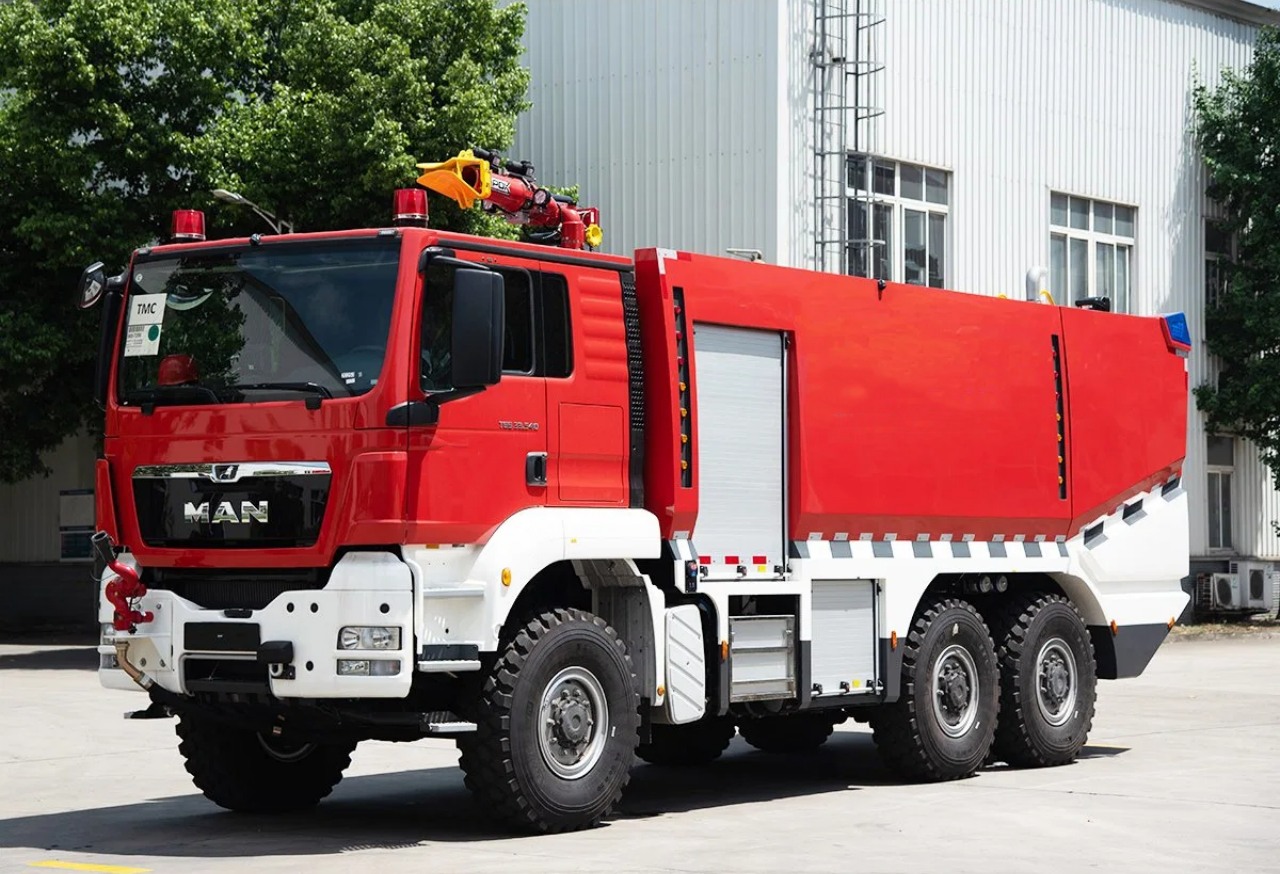
Key Features of Airport Fire Engines
Unlike standard city fire trucks, ARFF vehicles are engineered specifically for airside operations. Here are some of their key characteristics:
1. High Speed and Acceleration
Due to the vast layout of airports and the urgent nature of aircraft incidents, ARFF vehicles must be able to reach top speeds of 70–85 km/h (43–53 mph) or more in very short time frames. Their acceleration and braking systems are optimized to handle rapid movement over both paved and unpaved surfaces.
2. Large Water and Foam Tanks
Airport fire engines carry significant quantities of water, firefighting foam (AFFF – Aqueous Film Forming Foam), and dry chemical agents. A typical ARFF vehicle can carry:
- 11,000 to 15,000 liters (3,000 to 4,000 gallons) of water
- 1,000 to 2,000 liters (264 to 528 gallons) of foam concentrate
- 200 to 450 kg (440 to 990 lbs) of dry chemical powder
This combination allows the vehicle to quickly suppress jet fuel fires, which behave differently from conventional structural fires.
3. Roof and Bumper Turrets
ARFF vehicles are equipped with remote-controlled turrets mounted on the roof and front bumper. These can discharge foam or water at high pressures, allowing firefighters to begin extinguishing fires while still approaching the incident. Some turrets can discharge up to 2,000 liters per minute (over 500 gallons/min).
4. Piercing Nozzles
A standout feature of some airport fire trucks is the High Reach Extendable Turret (HRET), which includes a piercing nozzle designed to puncture an aircraft’s fuselage and inject suppressant directly into the cabin or cargo areas. This helps suppress interior fires rapidly, especially when access is otherwise limited.
5. Off-Road Capability
ARFF vehicles often need to traverse grassy fields, runway shoulders, and other uneven surfaces. As a result, they are built on heavy-duty 4×4, 6×6, or even 8×8 chassis that can handle extreme off-road conditions while fully loaded.
6. Specialized Crew Protection
Given the potential for exposure to hazardous materials or explosions, ARFF cabs are heavily reinforced and insulated, and the crew is equipped with advanced personal protective equipment (PPE), including self-contained breathing apparatuses (SCBA), thermal imaging cameras, and fire-resistant suits.
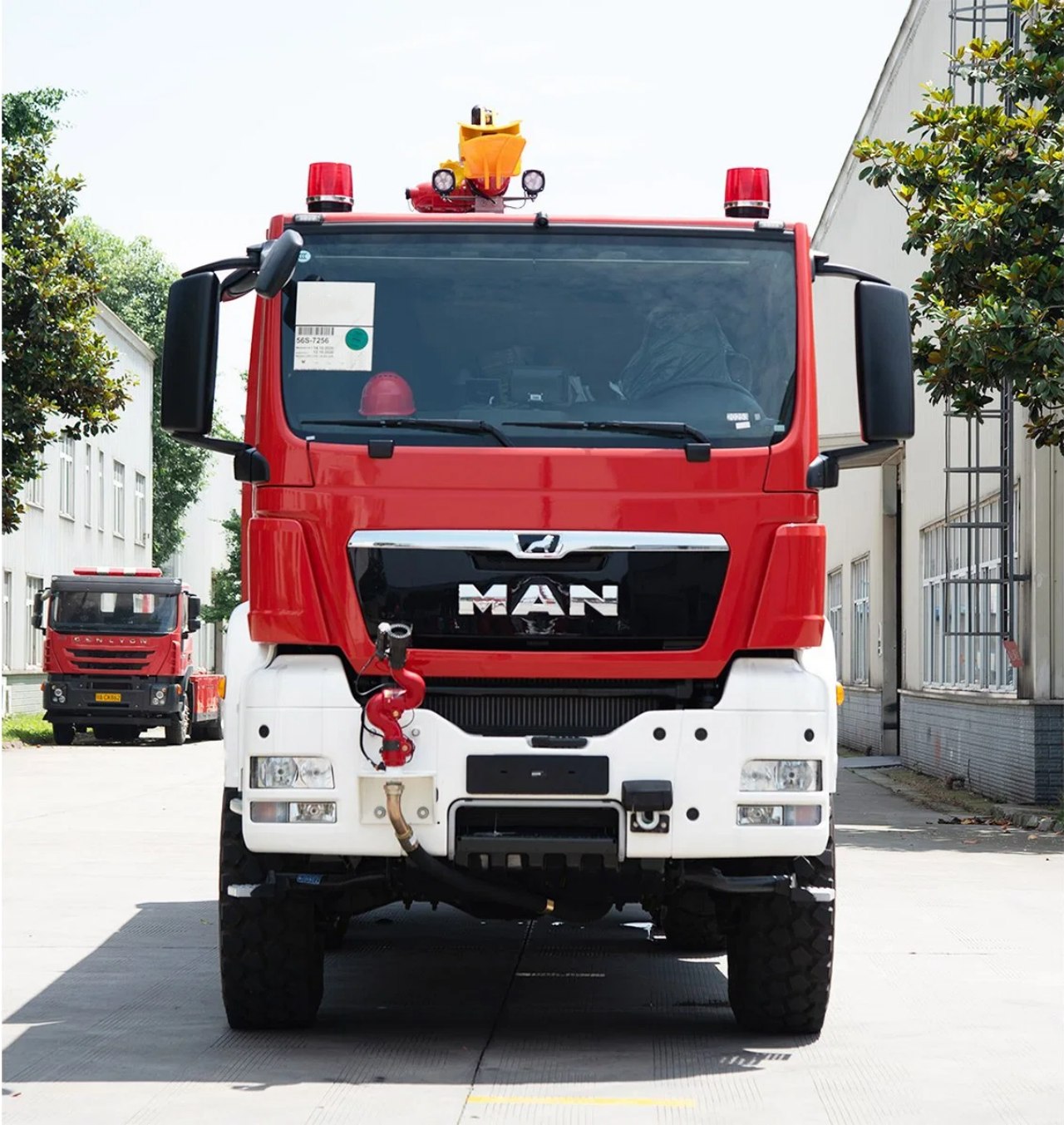
Common ARFF Vehicle Models
Several manufacturers around the world produce ARFF vehicles, and while specifications vary by airport and country, a few models have become industry standards:
- Oshkosh Striker (USA): Widely used in North America and globally, the Striker series is known for its powerful engine, ergonomic design, and high-volume discharge systems.
- Rosenbauer Panther (Austria): A popular choice in Europe and Asia, the Panther features a sleek design, advanced electronics, and a powerful HRET system.
- E-ONE Titan Force (USA): Designed for both speed and capacity, Titan Force ARFF vehicles serve major international airports.
- Morita MAF Series (Japan): Known for high maneuverability and precision, often used in airports with limited space.
Regulatory Standards and Classification
ARFF vehicles must comply with specific standards set by aviation regulatory bodies. ICAO classifies airports based on the length and width of aircraft operating at the airport, which in turn dictates the level and type of ARFF coverage required.
For instance:
- Category 1-3: Small airports serving light aircraft, requiring smaller ARFF vehicles.
- Category 9 or 10: Major international airports serving large, wide-body aircraft like the Boeing 777 or Airbus A380, requiring multiple high-capacity ARFF vehicles.
Each ARFF category specifies minimum requirements for:
- Number of vehicles
- Quantity of extinguishing agents
- Response times
- Personnel training and certification
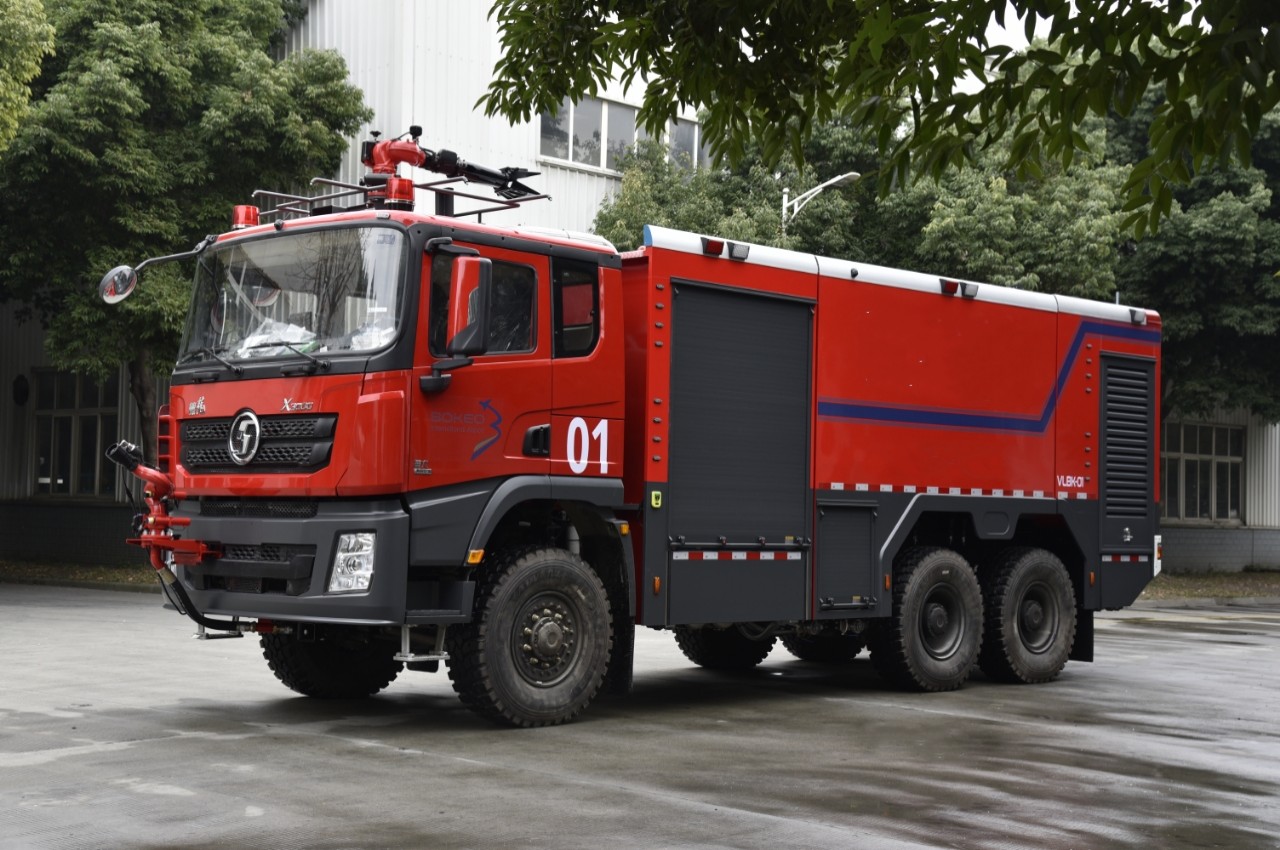
Why Not Use Municipal Fire Engines?
Municipal fire trucks are designed for urban firefighting scenarios—buildings, car fires, and wildland firefighting in some cases. They are not equipped with the volume of extinguishing agents, off-road mobility, or rapid acceleration needed for aircraft emergencies.
Furthermore, municipal departments may not have the specialized training required to handle aircraft fires, manage evacuations, or deal with aviation-specific hazards like pressurized cabins, aviation fuel fires, or composite material combustion.
Importance of Training and Drills
Possessing sophisticated ARFF vehicles is only part of the equation. Equally important is the training and preparedness of airport fire crews. Personnel undergo rigorous training in aircraft firefighting, rescue procedures, and hazardous material response. Many airports conduct live-fire drills and simulation exercises to maintain operational readiness.
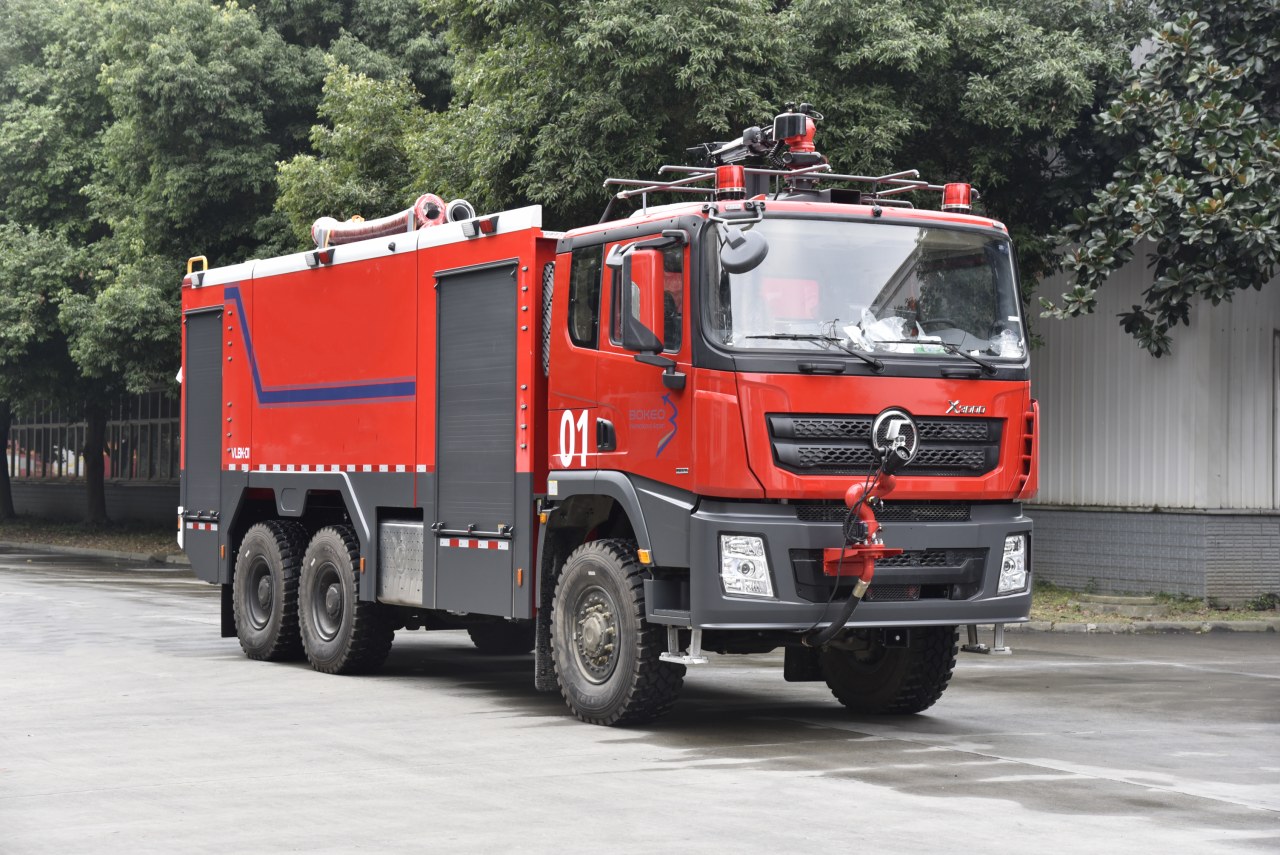
The Future of Airport Firefighting
Technological advancements are shaping the next generation of ARFF vehicles. Trends include:
- Hybrid or electric propulsion systems for lower emissions.
- Autonomous driving capabilities for rapid and safe deployment.
- Enhanced thermal imaging and AI-assisted detection systems.
- Real-time data integration for command and control.
Some companies are even exploring the use of drone-assisted surveillance and robotic fire suppression systems to complement human-led firefighting efforts.
Conclusion
Airport fire engines, or ARFF vehicles, are specialized machines tailored to meet the unique challenges of aviation safety. With their powerful engines, high-capacity foam and water systems, rapid-response turrets, and specialized rescue tools, these vehicles play a critical role in protecting passengers, crew, and airport infrastructure. As air travel continues to grow, so too will the importance of maintaining cutting-edge fire rescue capabilities at every major airport around the world.
Whether during routine standby or in high-stakes emergencies, these giants of the runway stand ready to defend the skies.
